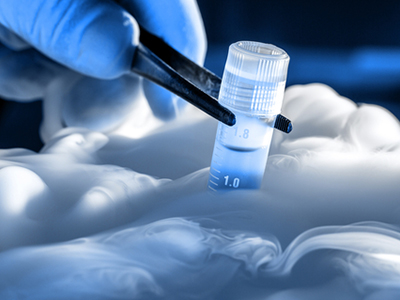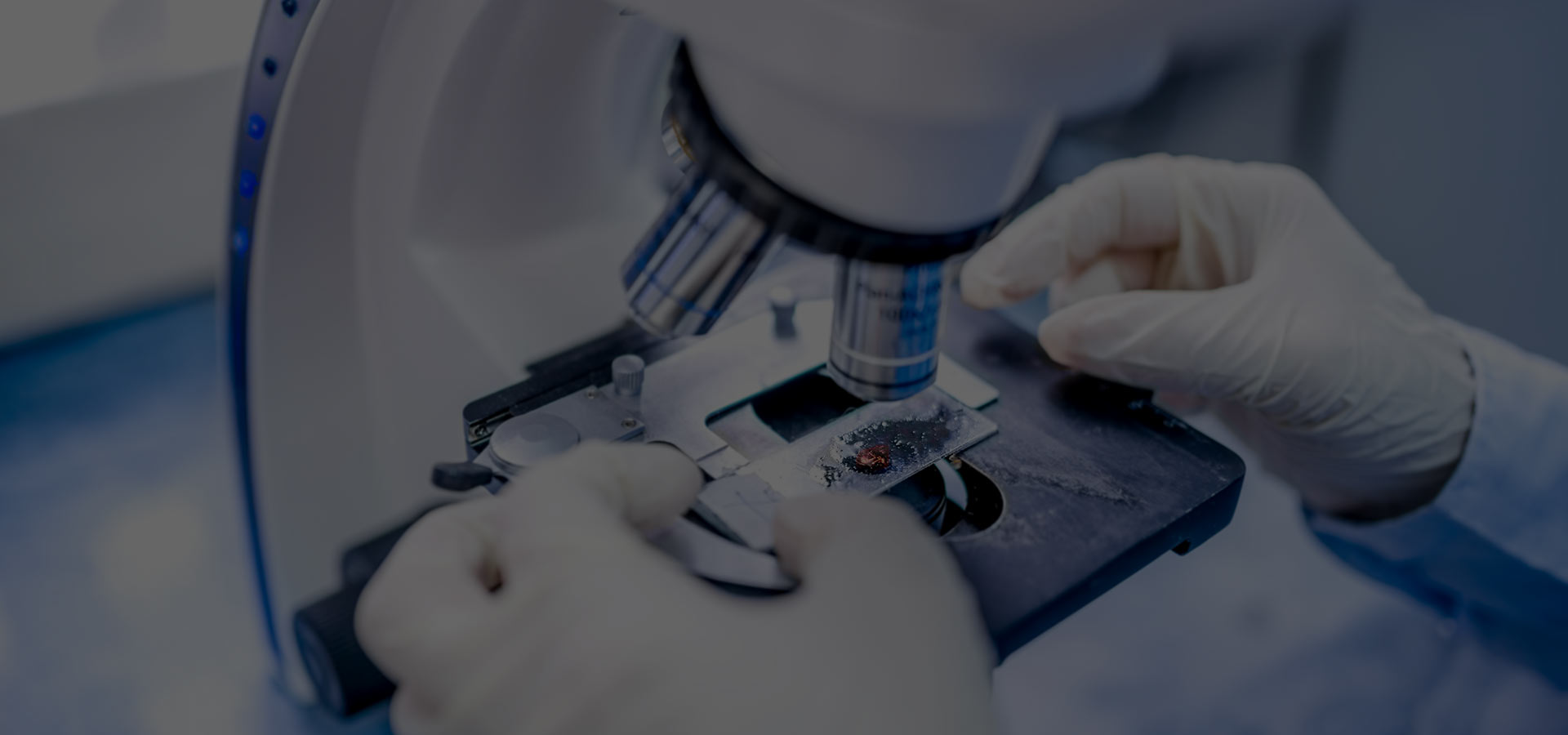
Cryopreservation
Cryopreservation
is a technique in which sperms, eggs and embryos are froozen at a sub-zero temperature to preserve them for future when the need arises. There are 3 types of Cryopreservation in IVF spectrum: 1) Sperm Cryopreservation 2) Eggs Cryopreservation 3) Embryos Cryopreservation
Sperm Cryopreservation:
Sperm are frozen to preserve because of a string of reasons: a) To develop sperm bank; b) To donate stored sperm; c) To use it during the treatment if the male partner is unable to ejaculate on the stipulated day; d) Before undergoing vasectomy; e) Prior to Cancer treatment which might adversely affect fertility; f) Retrieved sperms from epididymis (PESA) or testes (TESA).If sperm are frozen for the impending treatment of the donor, the storage period is usually 1 year. For the pre-chemotherapy storage, the duration is mostly of 10 years which can be extended in certain circumstances.
Eggs (oocytes) Cryopreservation:
Eggs Cryopreservation is for women who are about to undergo medical treatment for ailments such as cancer etc. which may affect her ability to produce eggs in the future. This technique is also useful for women who are career-oriented and does not want early motherhood. Eggs are frozen within few hours of collection through the standard freezing process. Later, when women are ready to be pregnant, the frozen eggs are thawed, fertilized with the husbands’ sperms and resultant embryo is implanted in the uterus.
Embryos Cryopreservation:
During the treatments like IVF, ICSI the best embryos are selected and transferred during the first cycle, if any good quality ‘surplus’ embryos are left, they are frozen to preserve for the future use while curing infertile couples. It is to be noted that only the embryos of top-notch quality survive the freezing and thawing process.

